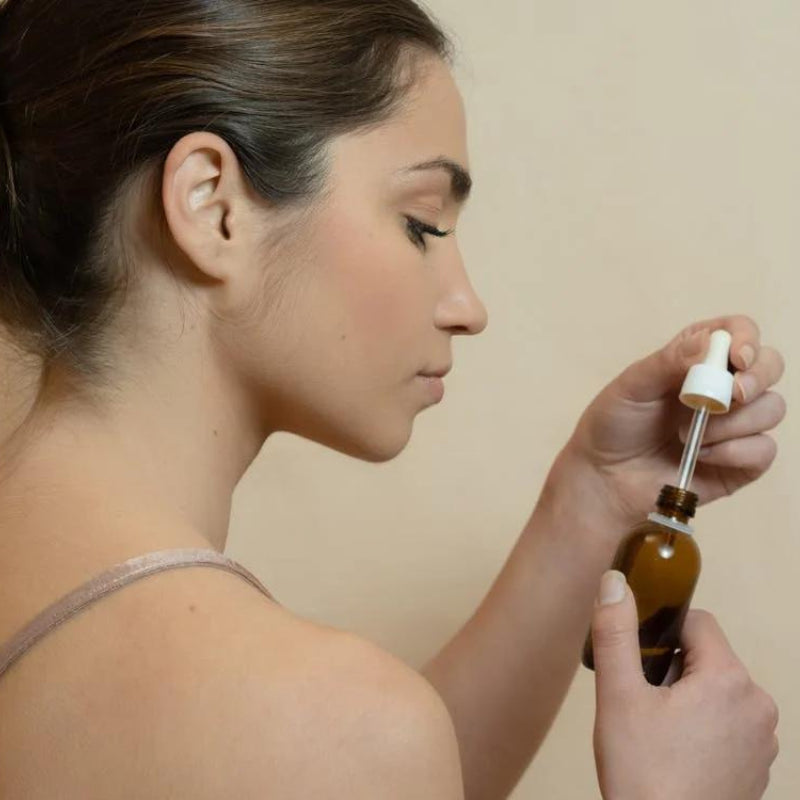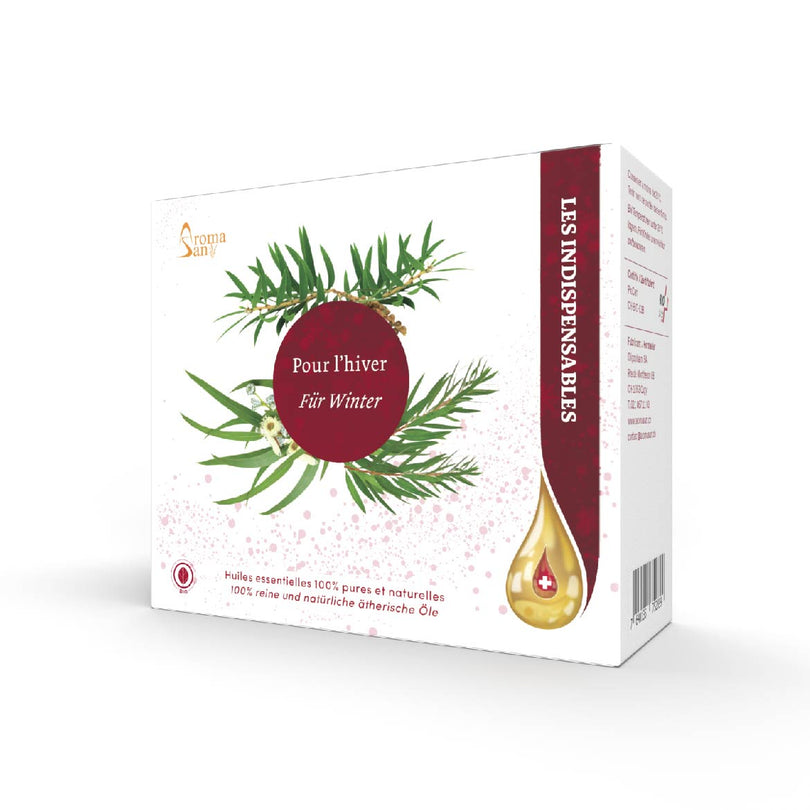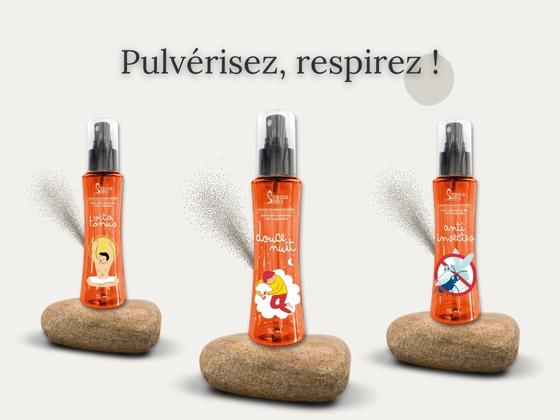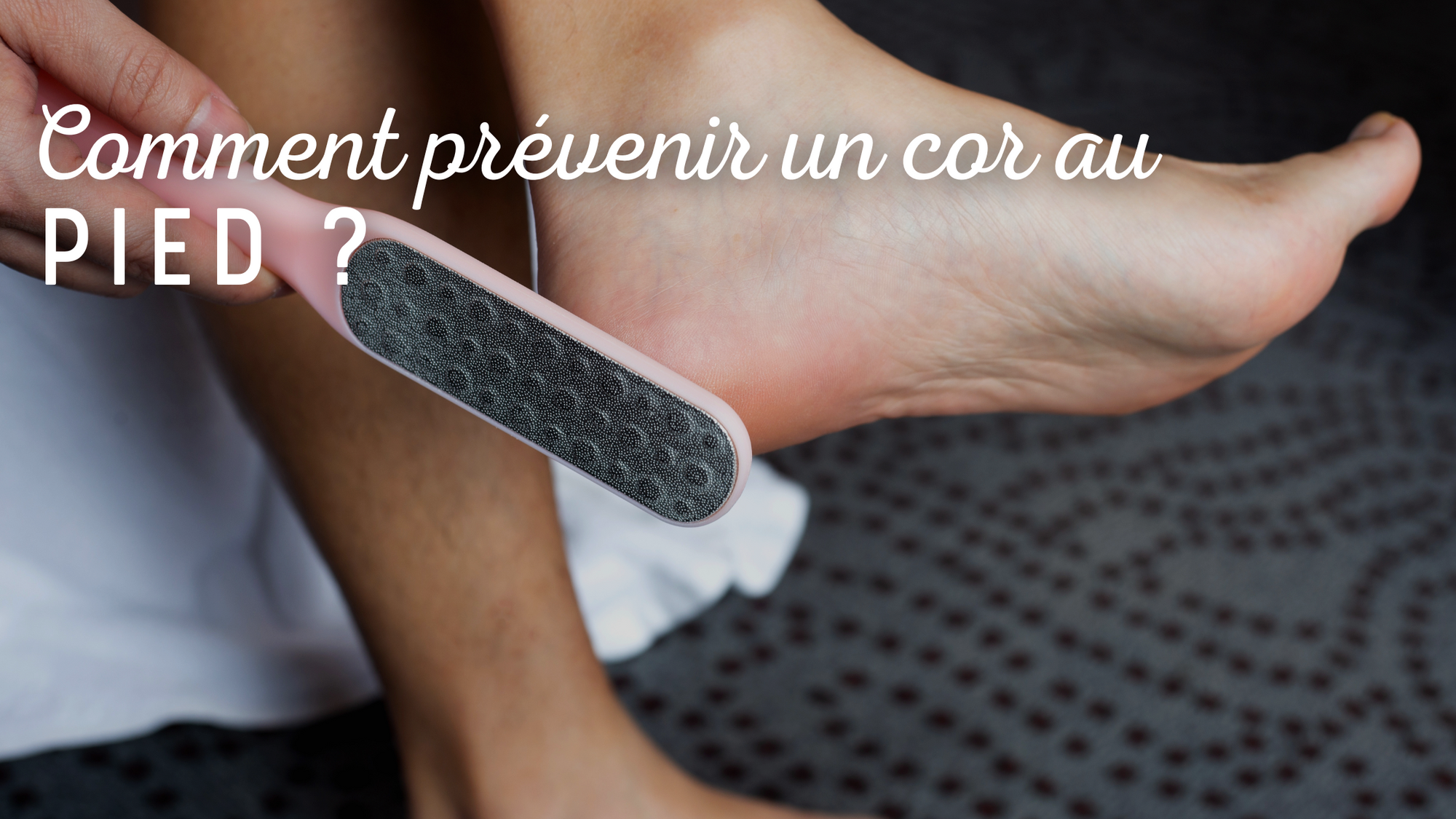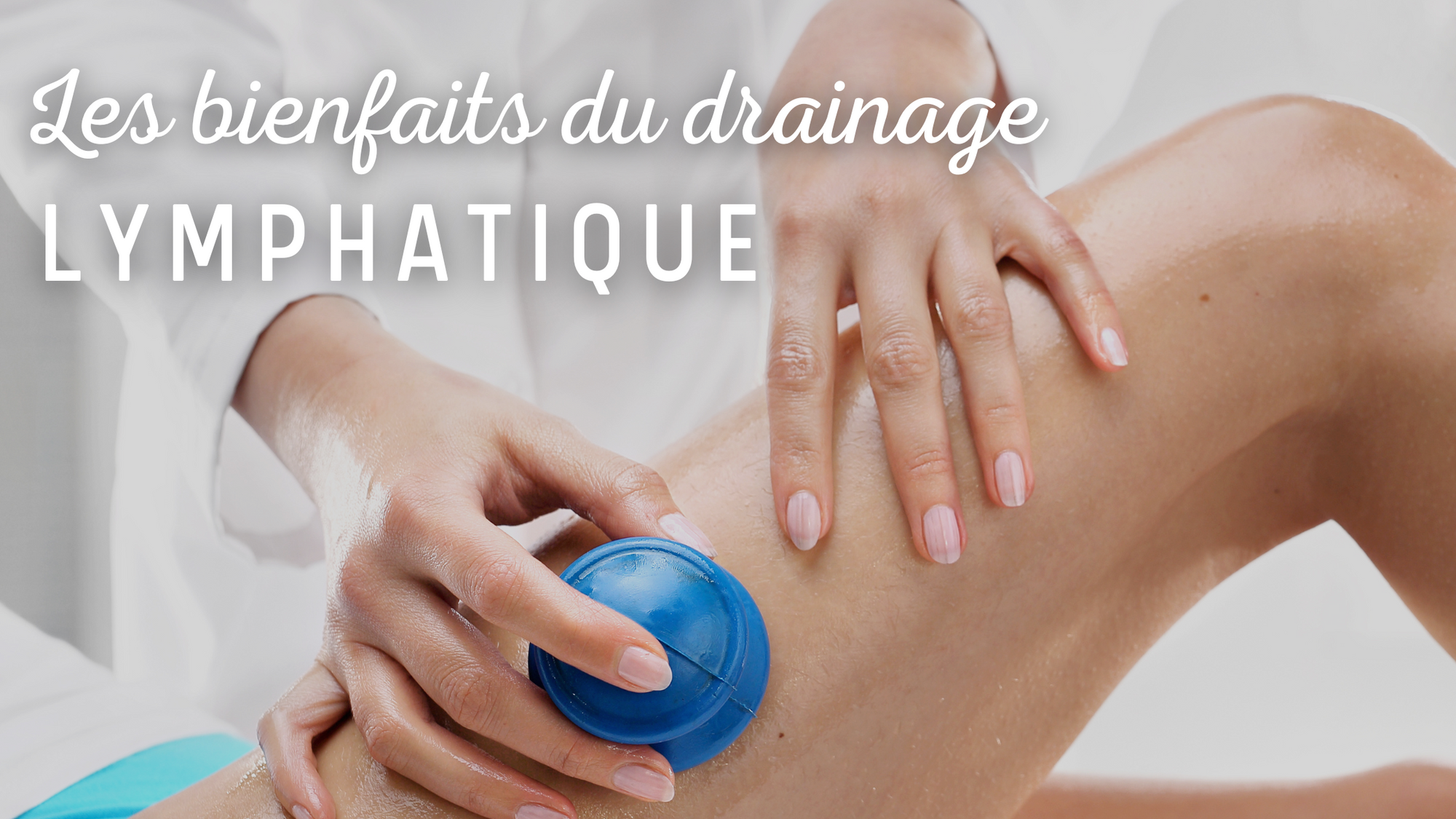Natural breastfeeding and cracked breasts
Very common, cracks are the main cause of breastfeeding pain. Their management is based on correction of the position within the breast, care to accelerate their healing and, if necessary, antibiotic or antifungal treatment in the event of a bacterial infection or mycosis.
What is a crevasse?
Crack is an injury to the nipple. The skin damage can be more or less advanced, ranging from simple erosion, with small red lines or small cracks, or even real sores that can bleed. The crack may be accompanied by erythema (congestive redness of the skin), slight edema, bruising, white or yellow blisters, or even yellow discharge in the event of a bacterial infection. Sometimes the entire nipple is red and raw.
When do cracks occur?
Cracks most often occur when breastfeeding begins, during the 3 to 7 days following delivery. They are the main cause of early weaning. The mother dreads the moment of feeding, becomes tense, the ejection of milk is less successful, with the risk of engorgement which will worsen the condition of the nipple. It’s a real vicious circle that we need to quickly get out of. This pain, whether accompanied or not by visible lesions on the nipple, is a warning signal to be taken into account as quickly as possible. Indeed, breastfeeding should not be painful.
What causes cracks?
There are two types of crack:
The “mechanical” crevasse
It is due to poor latching by the baby, which causes friction and abnormal stretching of the nipple. This poor latch can itself have different causes:
- the most common is poor positioning of the baby at the breast, due to an inadequate breastfeeding position or congenital torticollis (the baby always turns his head to the same side) for example;
- then comes a problem with the baby's sucking, which can itself have different causes: a tight tongue tie, a short tongue, a hollow palate or even a backward chin;
- engorgement of the breast, making it difficult for the baby to latch on because the nipple is tense. This often happens when milk comes in;
- flat or retracted nipples, which make it difficult to hold the nipple.
Inappropriate use of the breast pump (too strong suction, too small breast shield, too long pumping sessions) can also weaken and damage the nipple.
The crack of infectious origin
The nipple is a prolific area for the proliferation of infectious agents, especially when its skin surface is damaged. An untreated mechanical crack can thus evolve into an infectious crack, with small cracks and wounds being an entry point for pathogens. Thus, the crevasse may be the seat:
- of a bacterial infection, Staphylococcus aureus being the germ most frequently involved. The pain, similar to that of a burn, is then intense, even outside of feedings;
- candidiasis, a fungal infection due to the proliferation of Candida Albicans, a yeast present physiologically in our body (in the intestinal, oral, vaginal flora), and which particularly appreciates warm and humid environments such as the nipple. The sharp, hot pain radiates to the armpits. The skin on the nipple is shiny and may flake. This candidiasis can also develop in the baby's mouth. This is then thrush, which manifests itself as whitish spots in the mouth, on the tongue, inside the cheeks, sometimes even on the palate and gums.
How to treat a crack?
The management of cracks must integrate two axes: eliminating the cause of the crack and helping the nipple to heal.
To treat the cause of the crack, it is first necessary to check the baby's correct position at the breast and its sucking.
In case of bacterial infection
It is important to treat as quickly as possible to avoid progression to mastitis. Local or oral antibiotic treatment will be prescribed. It must be continued throughout the duration of treatment, even in the event of improvement.
In case of candidiasis
An antifungal treatment will be prescribed. The baby must also be treated at the mouth, to avoid mutual recontamination.
To facilitate healing of the crack, it is no longer recommended, as was previously the case, to dry the nipple. On the contrary, we must favor healing in a humid environment. By maintaining a constant moist barrier of hydration, this method of healing helps limit skin damage, better repair tissues and reduce pain.
Methods to facilitate the healing of cracks
Different methods can be tested to facilitate the healing of cracks.
Breast milk
It contains anti-inflammatory substances, epidermal growth factors (EGF) and anti-infectious factors (leukocytes, lysozyme, lactoferrin, etc.) which promote healing of the nipple. The mother can use it in two ways: simply by expressing a few drops of milk after feeding, to apply to the nipple, or in the form of a breast milk dressing. To do this, simply soak a sterile compress in breast milk and hold it in place on the nipple (using cling film for example) between each feeding. Change it every 2 hours. Note that these breast milk poultices should be avoided in cases of candidiasis.
Lanolin
It is a natural substance extracted from the sebaceous glands of sheep, which protects the wool from rain and other bad weather. With emollient, soothing and moisturizing properties, it is applied to the nipple between feedings, using a dab previously heated between the fingers. Safe for the baby, it is not necessary to remove it before feeding. Choose it purified and 100% lanolin. Note that there is a very low risk of allergy to an allergen present in the free alcohol portion of lanolin.
Coconut oil
It has moisturizing, antibacterial and antifungal properties that can help heal mild cracks. Be sure to choose extra-virgin, organic and deodorized.
Honey
It has antibacterial, anti-inflammatory and healing properties. It can be applied to the nipples in the form of a poultice, under cling film. Be sure to choose it sterile, so that it is safe for the baby (risk of botulism).
Hydrogel compresses
They are composed of water, glycerol and polymers. They relieve pain and accelerate the healing of cracks. They are applied to the nipple between each feeding. There are different models on the market, reusable for 24 hours or 3 to 7 days.
How to breastfeed when you have a crack?
Antibiotic treatments and antifungal treatments are compatible with breastfeeding. The baby does not risk anything by drinking breast milk, because it contains specific antibodies which protect him.
In case of severe pain
If the pain is intense, an analgesic compatible with breastfeeding (paracatemol, ibuprofen) may be prescribed.
In case of deep cracks
If the cracks are deep and very painful, silicone nipples can be used during feeding while the crack heals. However, they should be handled with caution over a short period. Because they induce less effective sucking, they can actually harm lactation.
How to prevent cracks?
The best prevention against cracks is to ensure a good latch on to the baby. The help of a breastfeeding specialist (midwife or IBCLC lactation consultant) can be of great help in finding the right position.
It is not necessary to wash or rinse the nipples before and after each feeding; such practices even appear to increase the incidence of nipple pain and cracking. A daily shower is enough.
Source: www.passeportsante.net
